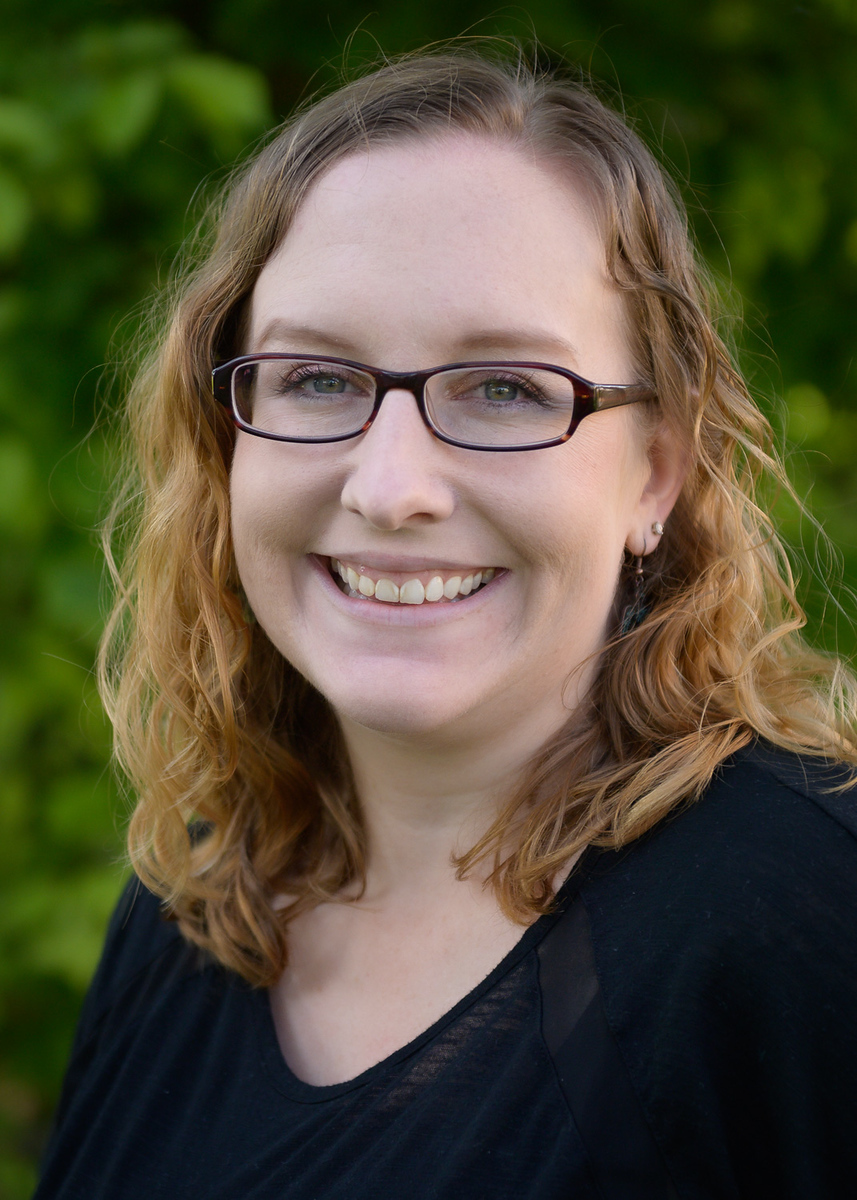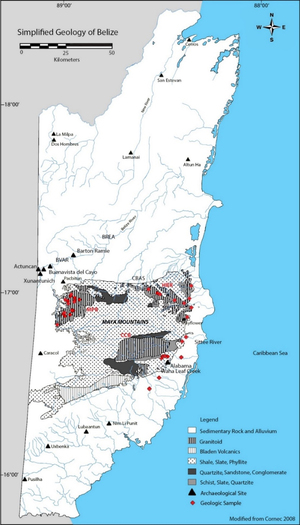Tibbits' Belize granite geochemistry research published

CHADRON – Dr. Tawny Tibbits, who joined the Chadron State College Geoscience faculty in 2019, has written a chapter in a peer-reviewed volume about Central American archaeology, “An Archaeological Reconstruction of Ancient Maya Life at Pacbitun, Belize,” by Terry G. Powis, Sheldon Skaggs, and George J. Micheletti. Tibbits’ research from 2014 in the chapter builds on her dissertation work.
In the chapter, she discusses the methodology she developed to analyze the chemical makeup of tools at the only known granite ground stone tool workshop in the Maya world.
Tibbits’ research focused on using portable X-ray fluorescence (pXRF) to determine the chemical makeup of granites found on the edge of Pacbitun (pronounced Pack-bit-oon) and about a dozen other Maya archaeology sites in Belize.
Pacbitun, which means Stone Set on Earth, had a population of 5,000-10,000, with 41 masonry structures, and five plazas from about 1,000 B.C to 600 A.D.
She determined the minimum number of random data points to generate results statistically indistinguishable when compared to the traditional lab-based XRF. Once the stone’s signature is determined, it can be matched to outcrop sources within the Maya Mountains.
“The testing was long and involved but the take home is that with five random data points averaged together I get a bulk geochemical signature that is basically no different than if I had taken the rock, crushed it, and analyzed it,” Tibbits said.
Tibbits’ work focuses on items commonly called grinding stones. The study of such every day items is a less well-known part of archeology since current trends are more focused on landscape-scale questions, according to Tibbits. No one else has sampled the mountains as extensively as Tibbits did during the 2012-2015 field seasons.
A metate (meh-tah-tay) is a flat stone tool that often weighs 50 pounds or more. It was used to hold corn, beans, cacao beans, and more. The handheld tool, about the size of a rolling pin, used to grind food and other items such as shells and lime for plaster.
“These tools are everywhere. There are tons of different designs too. It's a really fascinating subject once you get into it,” Tibbits said.
In graduate school at the University of Texas – San Antonio, Tibbits pioneered the use of the pXRF to analyze coarse-grained stone. The process had traditionally been used on obsidian but she wanted to expand what the technology could do and make her own path by trying something different.
That different path has led her to exciting research opportunities.
Dr. Laura Levi helped Tibbits launch her research in Belize. When Tibbits went on to earn her doctorate at the University of Iowa, she returned to Belize and worked with some archaeologists she knew from her time at Texas.
“They connected me with other archaeologists and it grew from there. It's been a wild ride,” Tibbits said.
Dr. Terry Powis from Kennesaw State, the lead archaeologist of Pacbitun Regional Archaeological Project, heard about Tibbits’ work at other sites and invited her to come work with him.
Tibbits hopes to share with CSC students her technique using a pXRF. To make that a reality she is applying for grants to purchase the $40,000 equipment. She said the price is reasonable for the level of accuracy it provides. In addition, the unit is portable and doesn’t require costly sample preparation before analysis like traditional methods.
“It's a really versatile piece of equipment that can be used for soil science, geology, anthropology, museum studies, and more. With a 10-second analysis, you get an output of many of the elements within the object. You just point and shoot. It's also used extensively in geology and environmental careers so it will be great for students to learn how to operate it and how to interpret the data,” Tibbits said.
Tibbits hopes to return to Belize to analyze and determine the source locations of materials uncovered in recent seasons by the Belize River East Archaeology group and the Pacbitun Regional Archaeology Project.
An Australian researcher has asked her to collaborate on a project to analyze hematite as a red dye and track potential hematite outcrops in Belize.
Tibbits is working with archaeologists on a project related to the theory that heavy items like metates were moved via a river network. They hope to publish a paper about their work in the next few months.
Category: Campus News, Employee Awards & Achievements



